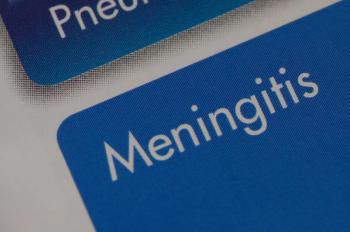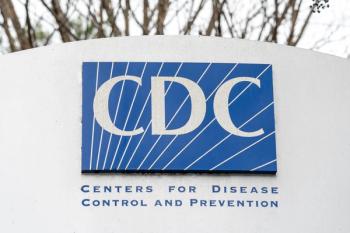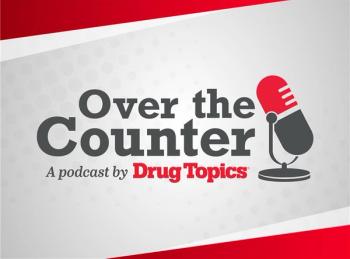
Pharmacist-Led Telephonic Insulin Titration Significantly Improves HbA1C
Researchers explored the effectiveness of telephonic insulin titration by a clinical pharmacist compared with in-office titration among patients in a medical residency clinic.
Telephonic insulin titration and cooperative management with a clinical pharmacist were found to significantly improve patients’ diabetes outcomes, according to data from a study published in Patient Related Outcome Measures.1 The findings provide evidence that telephonic insulin titration by a pharmacist is an appropriate manner of managing diabetes during times of limited clinical access, such as during a pandemic.
“For persons with diabetes, between 48% and 64% of lifetime medical costs are spent on complications related to diabetes,” wrote the study authors. “As such, finding more strategies to improve patient access to monitoring and titration of their insulin to better control their diabetes is highly important.”
With nearly 37 million Americans reporting diabetes and 31% of them requiring insulin to manage the disease,2 patients with diabetes and the medications or services they need account for 1 in every 4 health care dollars.1 With the steep cost of diabetes management and rising insulin costs, the federal government eventually capped insulin co-pays in 2022 through the Inflation Reduction Act.3
In addition to events that preceded the capping of insulin prices, others also have the potential to impact patients with diabetes.
READ MORE:
One such event was the COVID-19 pandemic, which revealed an unprecedented need in the health care system to improve patient access for those in need of chronic care. Previous research findings have touched on the decrease in quality of diabetes management following the pandemic. What these research findings—and the pandemic itself—further uncovered was that alternatives to in-person evaluation are crucial for patients with diabetes during such events.
“The goal of this study was to evaluate whether telephonic insulin titration by a clinical pharmacist was as effective at improving [hemoglobin] A1C [levels] compared [with] in-office titration among patients in a medical residency clinic serving primarily Medicaid and Medicare patients,” wrote authors of the study.1 “We hypothesize that telephonic insulin titration by a clinical pharmacist is as effective as in-person insulin titration."
Researchers conducted a retrospective cohort study comparing the diabetes outcomes of patients in a family medical clinic (control group) with those who received insulin management through the phone (experimental group). Providers facilitating the family clinic consisted of medical residents, faculty physicians, and 1 nurse practitioner. Those on the telephone side, however, included a full-time, residency-trained clinical pharmacist.
The main study outcome was the change in hemoglobin A1C levels between the 2 groups. Before the 2 groups were matched, all participants had to be between 18 and 70 years old with insulin-dependent type 1 or type 2 diabetes. They also had to have been referred to a pharmacist for insulin titration between April 2020 and April 2021.
“This is one of the first studies to look into the impact of the COVID-19 pandemic on patients' diabetes and shows the utility of telephonic insulin titration by pharmacy in helping with diabetic control,” wrote the authors.1 “The preliminary findings of this study show that titration of insulin by a clinical pharmacist is as effective as in-office titration of insulin by a primary care physician.”
Not only did they discover that telephonic titration was just as effective as in-person titration, but researchers also found that the telephonic group had significantly better outcomes than the in-office group at 3 months. With the telephonic approach’s ability to outshine in-person diabetes management, the study highlights the US health care system’s ability to find alternative methods during unprecedented times.
According to the authors, previous studies have explored the effectiveness of pharmacist-led insulin titration. However, none have explored this during the COVID-19 pandemic, especially with pharmacists exhibiting better capabilities than physicians. Results of the study are beneficial toward underserved populations as well as the expansion of pharmacist-administered clinical services such as insulin titration.
“The importance of this study in the literature is that it shows that in primarily underserved populations who have limited access to resources even in the absence of a pandemic, telephonic insulin titration can serve as a safe way to manage their diabetes,” concluded the authors.1 “Additionally, this study shows the importance of a pharmacist in the management of patients with diabetes and the need for further integration of multidisciplinary teams, not just in residency practices but also in private practice. Lastly, though this study's primary focus was on diabetes, the use of telephonic insulin titration could be expanded and evaluated for other chronic conditions, like asthma control or warfarin monitoring.”
READ MORE:
Are you ready to elevate your pharmacy practice? Sign up today for our
References
1. Raghavan P, Chamberlin S, Heidel RE, Wilson GA. Pharmacist led telephonic insulin titration: a pilot study on A1c control in a family medicine residency. Patient Relat Outcome Meas. 2025;16:79-84. doi:10.2147/PROM.S502402
2. Souers L. State legislation provides hope for rising insulin costs. The Council of State Governments. March 31, 2023. Accessed July 8, 2025. https://www.csg.org/2023/03/31/state-legislation-provides-hope-for-rising-insulin-costs/
3. Cubanski J, Neuman T. The facts about the $35 insulin copay cap in Medicare. KFF. June 12, 2024. Accessed July 8, 2025. https://www.kff.org/policy-watch/the-facts-about-the-35-insulin-copay-cap-in-medicare/
Newsletter
Pharmacy practice is always changing. Stay ahead of the curve with the Drug Topics newsletter and get the latest drug information, industry trends, and patient care tips.






































































































































